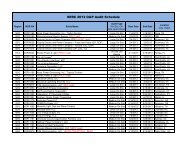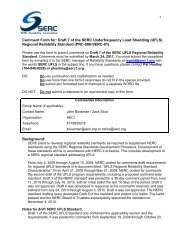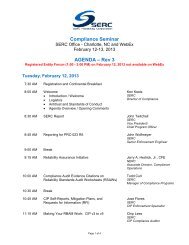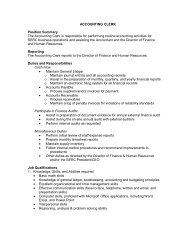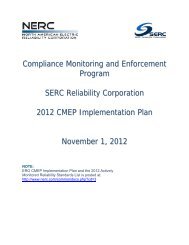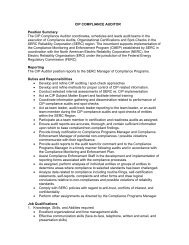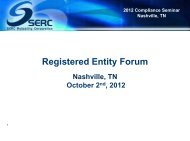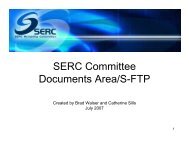RealityCharting e-book .pdf - SERC Home Page
RealityCharting e-book .pdf - SERC Home Page
RealityCharting e-book .pdf - SERC Home Page
- No tags were found...
Create successful ePaper yourself
Turn your PDF publications into a flip-book with our unique Google optimized e-Paper software.
Facilitation Skills<br />
<strong>RealityCharting</strong>® will create an action item report for you if there is a<br />
question mark in the evidence box, which is the default condition, and<br />
More Information Needed is given as an end point in a cause chain.<br />
Assign responsibilities in the action item report and send it to all<br />
responsible players. Decide when to reconvene, and dismiss the team<br />
until then.<br />
While evidence can be added at anytime as you go through the<br />
Realitychart, it is often best to wait until after you have most causes<br />
identified. If evidence is not available, develop a plan to obtain the<br />
supporting data.<br />
Complete the Realitychart as best you can. Remember it is impossible<br />
to know all the causes. Problem significance will help you to know how far<br />
to go with baby steps or termination of the cause chains. Time constraints<br />
may also limit exploration, but don’t dwell on this. Your purpose is to<br />
find a creative solution that meets your goals and objectives and if you<br />
accomplish that then you have accomplished what you set out to do.<br />
When you get to the solutions stage and you cannot find an effective<br />
solution, then work on the chart some more. This is common.<br />
If storytelling erupts, let it go as long as you are getting causes out<br />
of the story. As soon as it digresses into who did what at such-and-such a<br />
time at such-and-such a place, stop it and get back into the Square One<br />
Loop.<br />
Make sure not to stop too soon on each cause path. Before you decide<br />
to stop, look at the last cause in each cause path and try to ask why two<br />
more times. If you end up in “la-la land,” then you know you went too far. If<br />
you get good answers, keep going. The most common tendency is to stop<br />
at categorical causes like “Training Less Than Adequate,” or “Maintenance<br />
Less Than Adequate.” Another common stopping point is “Procedures Not<br />
Followed.” These are categories, not causes, and they must be explained in<br />
more detail. Sometimes it helps to ask, “What do you mean by ‘less than<br />
adequate’ or ‘not followed’”<br />
Refrain from discussing solutions and root causes while you are<br />
constructing the Realitychart.<br />
Identify Solutions<br />
Once you have decided to stop adding causes to your chart and you<br />
have completed Wizard Step 2 in <strong>RealityCharting</strong>®, either print the chart<br />
or use an overhead screen and begin to brainstorm solutions with all key<br />
stakeholders. This can be done electronically or in a meeting. The meeting<br />
152



